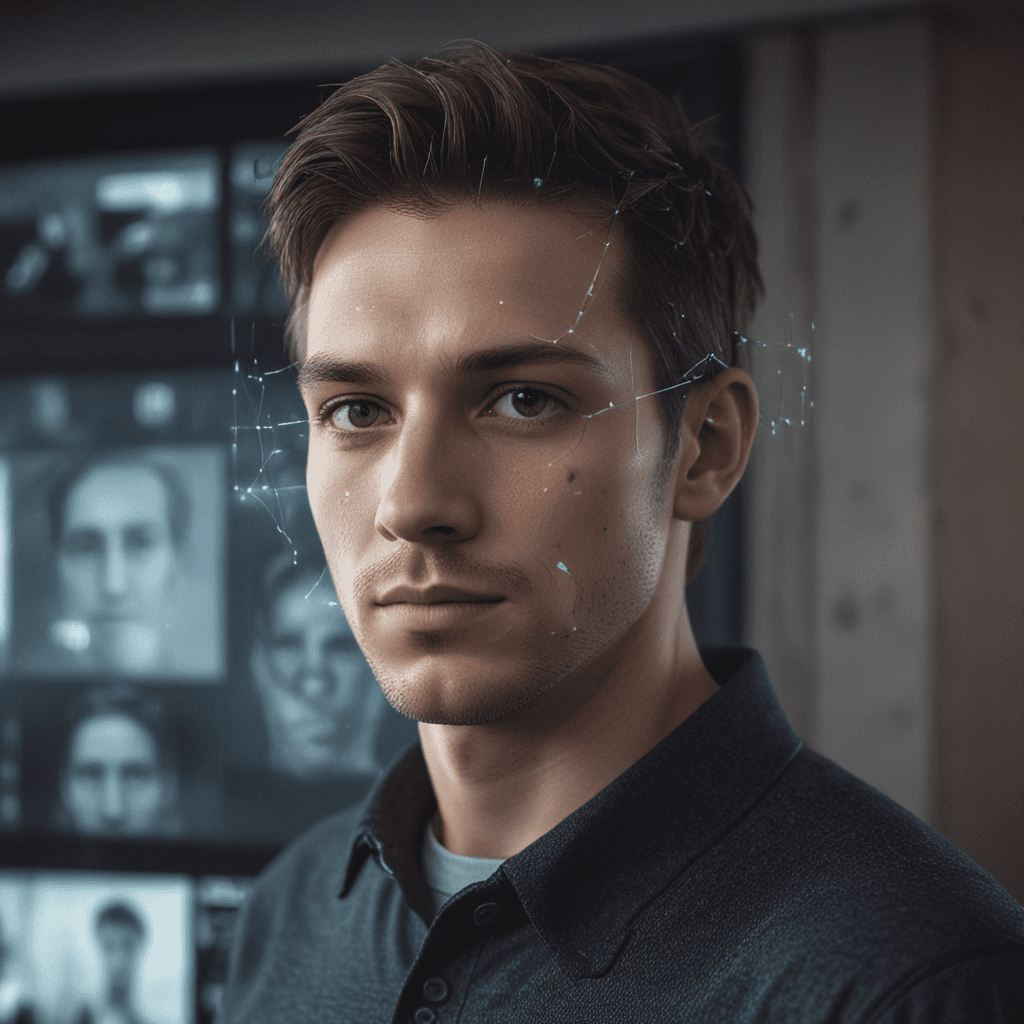
The Evolution of Facial Recognition Technology in Security Systems
Introduction
Facial recognition technology has revolutionized the field of security systems, transforming the way we identify and verify individuals. From its humble beginnings to the sophisticated systems we have today, facial recognition has undergone significant advancements, driven by breakthroughs in image processing, algorithms, and artificial intelligence.
Early Beginnings: The First Facial Recognition Systems
The concept of facial recognition dates back to the 1960s, when researchers began exploring the possibility of using computers to analyze facial features. Early systems were limited and often inaccurate, as they relied on simple image analysis techniques. However, as computational power increased, so did the capabilities of facial recognition technology.
Advances in Image Processing and Algorithms
In the 1980s and 1990s, advances in image processing algorithms led to significant improvements in facial recognition accuracy. Researchers developed more sophisticated methods for extracting and analyzing facial features, such as the shape of the eyes, nose, and mouth. These algorithms enabled systems to better distinguish between different faces, even in challenging conditions such as poor lighting or partial obstructions.
The Rise of Deep Learning and Neural Networks
The advent of deep learning and neural networks in the mid-2000s marked a major turning point in facial recognition technology. Deep learning algorithms are inspired by the human brain and can learn complex patterns and relationships from large datasets. This breakthrough enabled facial recognition systems to achieve unprecedented accuracy and robustness.
Applications in Border Control and Law Enforcement
Facial recognition technology has become an invaluable tool for border control and law enforcement agencies. Advanced facial recognition systems can accurately identify individuals from live video streams, enabling real-time surveillance and the tracking of wanted criminals. At airports and border crossings, face-based biometric checks can streamline the processing of travelers and enhance security by identifying individuals who may require additional screening.
Facial Verification vs. Facial Recognition
It's essential to distinguish between facial verification and facial recognition. Facial verification is the process of matching a live face against a stored template to confirm an individual's identity. It's typically used at ATMs, smartphones, and other devices where quick and secure authentication is critical. Facial recognition, on the other hand, is the broader process of identifying an unknown individual by comparing their face against a database of many faces.
Privacy Concerns and Ethical Considerations
As facial recognition technology becomes more widely adopted, concerns have been raised about its potential implications for privacy and civil liberties. Critics argue that facial recognition systems can be misused for surveillance and tracking individuals without their consent. It's crucial that appropriate regulations and ethical guidelines are in place to safeguard the privacy and rights of individuals while leveraging the benefits of this technology for security purposes.
Future Developments and Trends
Facial recognition technology is continually evolving, with ongoing advancements in deep learning algorithms, sensor technology, and computational power driving its capabilities forward. Future developments will likely focus on improving accuracy, reducing false positives, and expanding the applicability of facial recognition systems in various security and non-security domains.
Conclusion: The Impact of Facial Recognition on Security Systems
Facial recognition technology has had a transformative impact on security systems, providing a reliable and efficient way to identify and verify individuals. Its applications in border control, law enforcement, and other security domains have significantly enhanced safety and efficiency.
As the technology evolves, it's essential to address ethical concerns and ensure appropriate regulations are in place to strike a balance between security needs and privacy protections. The future of facial recognition holds promising advancements that will continue to improve its capabilities, making it an increasingly valuable tool for securing our world.
FAQs
Is facial recognition technology foolproof?
While facial recognition systems have achieved high levels of accuracy, they are not foolproof. Factors such as lighting conditions, facial expressions, and aging can potentially affect the accuracy of recognition.
Does facial recognition violate my privacy?
Facial recognition technology raises privacy concerns, as it allows the collection and analysis of sensitive biometric data. It's essential to implement appropriate regulations and ethical guidelines to protect individuals' privacy rights.
How can I protect myself from unauthorized facial recognition?
There are measures you can take to protect yourself from unauthorized facial recognition, such as covering your face in public areas, disabling facial recognition settings on electronic devices, and opting out of facial recognition databases.

